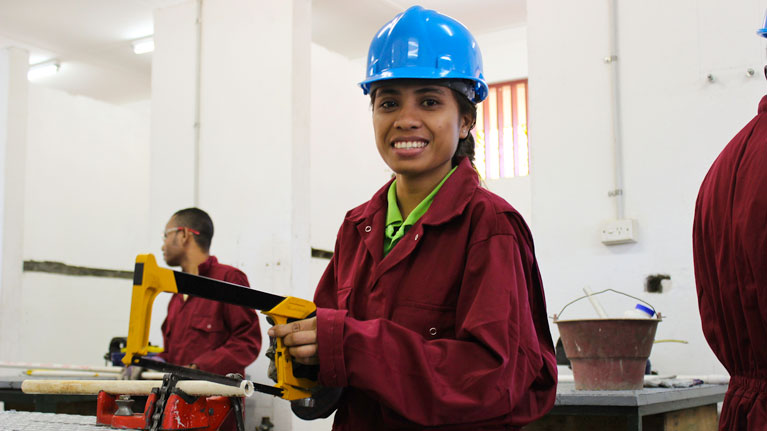Latest statistics from the International Labour Organization reveals that global wage growth in 2017 fell to its lowest rate since 2008.
The figure according to the Global Wage Report 2018/2019 is far below levels before the global financial crisis.
The report shows that in real terms global wage growth declined to 1.8 per cent in 2017 from 2.4 per cent in 2016. This year’s findings is based on data from one hundred and thirty six countries.
In analyzing wage growth, the report finds that in advanced G20 countries real wage growth declined from 0.9 per cent in 2016 to 0.4 per cent in 2017.
By contrast, in emerging and developing G20 countries, real wage growth fluctuated between 4.9 per cent in 2016 and 4.3 per cent in 2017.
The report further reveals that, average real wages have almost tripled in emerging and developing G20 countries, in the last 20 years.
Gender Gap
The report finds that in high-income countries it is at the high end of the pay scale that the gender pay gap is wider.
Meanwhile in low- and middle-income countries the gender pay gap is wider amongst the lower paid workers.
Using empirical evidence, the report also shows that traditional explanations, such as differences in the levels of education between men and women who work in paid employment, play a limited role in explaining gender pay gaps.
Source: Africafeeds.com



